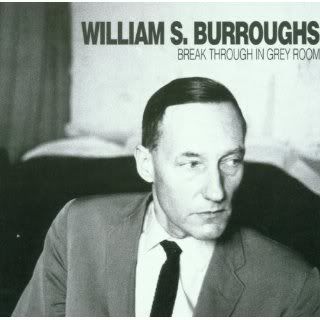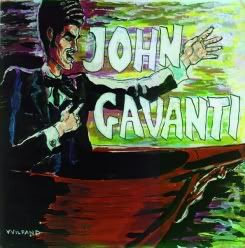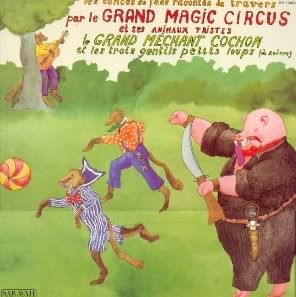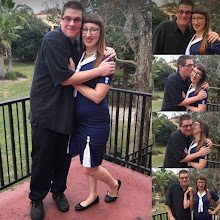
Sub Rosa, 1986; available
15 tracks, 44:53
I'm going to assume everyone reading this knows who Burroughs is; if you don't, you should fix that! This album collects various sound experiments and snippets recorded between 1960 and 1976 by Burroughs and his assistant Ian Sommerville. The massive "K-9 Was In Combat With The Alien Mind-Screens" is an epic take on radio plays, cut-up style. Here, Burroughs and Sommerville mesh bizarre spoken dialogues with pecussive loops, static, and all sorts of noises; several other tracks on the comp get briefly sampled too. Different techniques are used on each song for a unique twist on audio manipulation. "Silver Smoke Of Dreams", "Recalling All Active Agents", "Present Time Exercises", and "Working With The Popular Forces" are the standouts. Each one takes a bit of spoken word and then proceeds to warp it in glorious ways. Some tracks are cut-ups interspersed with static and other noise, while others layer sound on sound or create strange tones by inching the tape forward or backward manually. Then there are the few tracks that stand out for not being manipulated. "Origin And Theory Of The Cut-Ups" is just Burroughs explaining the process, while "Junky Relations", "Burroughs Called The Law", and "Interview With Mr. Martin" are readings of his written work. The short "Joujouka" tracks are recording of that village's Master Musicians, made while Burroughs and Ornette Coleman were visiting Morocco. This whole collection is very hard to get into if you're not a fan of the avant-garde, and even a few dedicated avant fans will find this to be a bit much. However, it has immense historical value as an influence on industrial music (Genesis P-Orridge actually supplied a lot of the source tapes!) and as a fairly successful translation of Burroughs' written work into sound.



